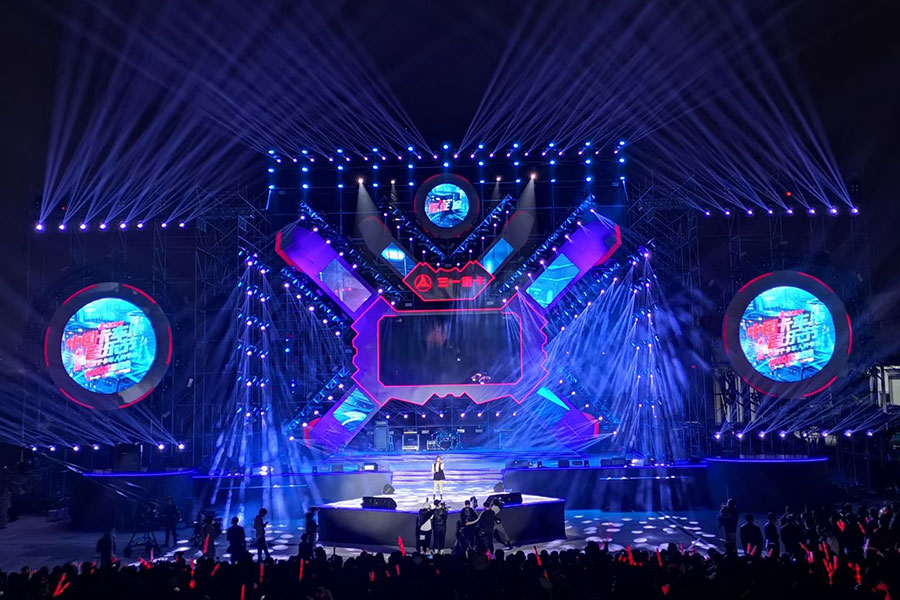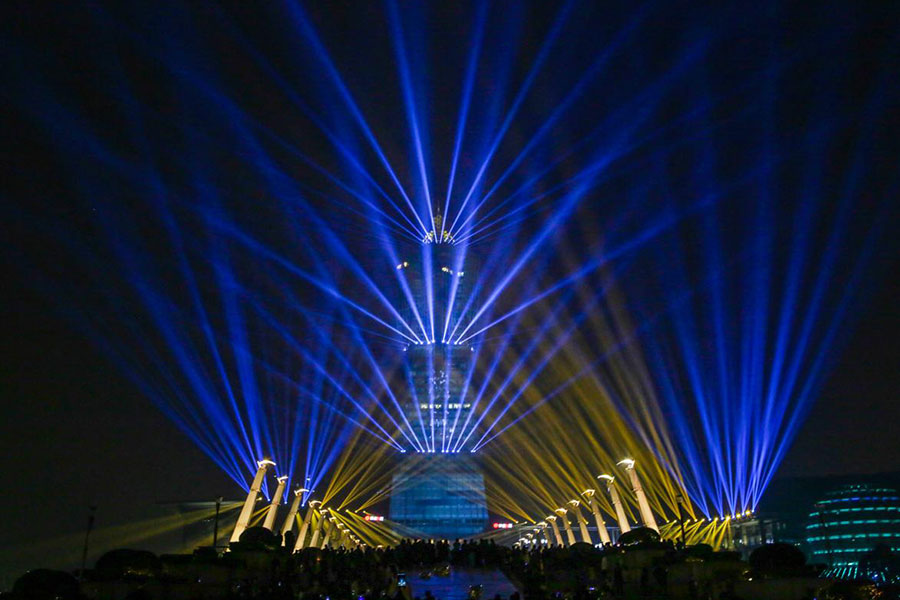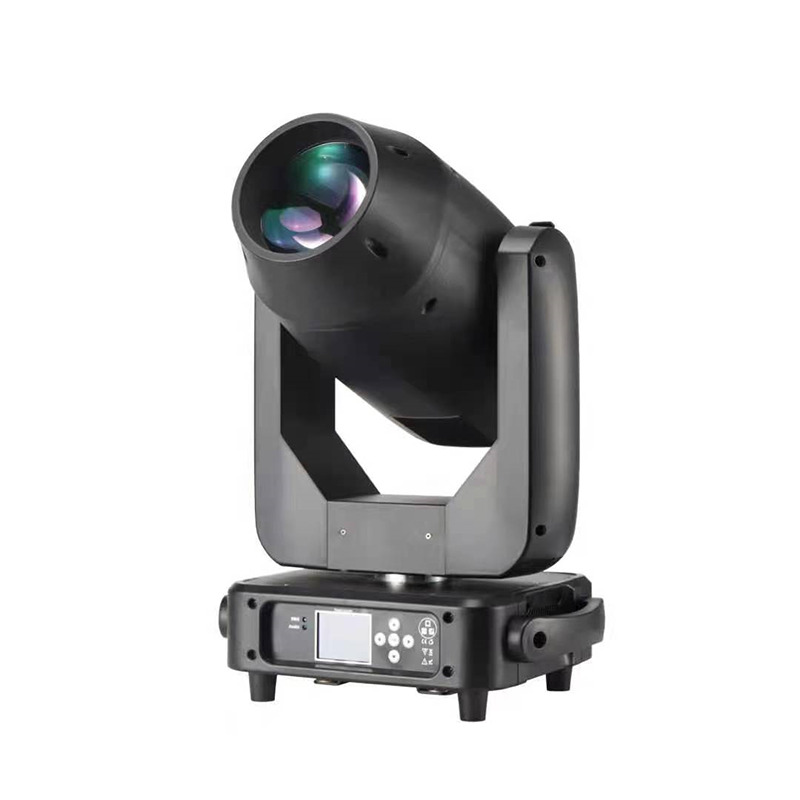What Do You Want Visitors to Focus On!
By now, most creative people in the church understand that lighting is one of the greatest tools we have to create beautiful, engaging worship spaces. Using strategic lighting placement and various other techniques, we can adjust the appearance of depth in a room and make a space look bigger or smaller than it is. To influence the mood of an audience, we can use color to paint the scenery, people and with the use of haze, even the air. We can also create texture as simply as using a gobo in an ellipsoidal fixture. But in all of our focus to create these engaging environments, I find many churches forget to put any intentionality into the main reason stage lighting exists.
What Do You Want Visitors to Focus On!
A highly experienced lighting designer friend of mine likes to say it this way, "The main purpose of lighting is to keep the main thing, the main thing." To head off any arguments, let's all agree here that in church, the focus is God. That being the case, let's redefine that statement a little to say that the main purpose of lighting is to highlight what we want people to give their attention. I visit plenty of churches that spend more time thinking about how they want to light their walls or the air than the people who lead us in worship and teach the Word. Alternatively, many churches I visit have as many white lights as possible aimed in all directions, brightly illuminating every square inch of their room. While I won't call either extreme wrong, they are probably not the most effective way to help people focus on what you want them to see.
Extreme 1: Too Little/ Poor White Light
We've all been to venues that have so little white light on the people involved that it's hard to see their faces. While this may be acceptable for some venues, it's generally accepted that an audience has a hard time connecting with people they can't really see through the shadows. Some will argue that it's not about the people on stage, so why do we need to see them? The answer is it's not about them, but it's hard to lead a congregation in worship or Word if people can't see you. It's about a connection, and leaders can be much more effective when they are connected with the people they are leading. Your leaders are important, and if we're going to light that which is important, your leaders should be lit well enough to see them.
Extreme 2: Way Too Much White Light
The alternative is found in many traditional churches as well as churches who don't really understand the true purpose for lighting. They'll use so many lights that there are few spaces that aren't lit bright. Seth Godin, the famous marketer once said, "If everything is amazing, nothing is amazing." If everything stands out, after awhile it all blends together. This applies to lighting too. If everything is lit equally, nothing is actually highlighted. In order to be an effective highlighting tool, there must be contrast. Light is better seen when there is some darkness around it.
Balance is Best
My lighting philosophy these days is about simplicity, yet effectiveness. Nearly all of my front lights are ellipsoidal fixtures (I'm a big fan of ETC Source 4's) and, generally speaking, my preference for top and set lighting is LED. Throw in a couple of moving lights for effect and the occasional aim-able spot and I have a good set of tools that, if used intentionally, will help me effectively set the focus and mood of the room. I am after sufficient front white light aimed at leaders on stage, like the worship team and whomever is speaking. And I want to keep that white light strategically placed only where those people are, with an intensity that allows me to clearly see their faces. Any extra white light is bringing attention to things that I don't want attention focused, so I want to be sure any additional front white lights are off. Next, I want to use color to give a secondary highlight to other things like the cross (if there is one), the top of the people on stage, any interesting architecture and/or set designs. Everything is lit with purpose, drawing primary focus to what is in white and giving a secondary focus and highlight with colored light.
Over the next few months we're going to dive into some of the topics that I believe will help you increase the effectiveness of your church's lighting. We're going to look at things like how to effectively use color in a worship service, how to choose the right light for your needs, how to get even lighting coverage for video and more. For this week's article though, there's one key idea I hope you take away that will make your lighting effective: Whether you have a large lighting rig or a small one, lots of eye candy or none, the most important thing you can do with your lighting is to use it to intentionally bring focus to what you want your audience to see.










